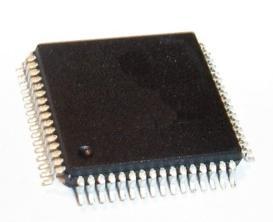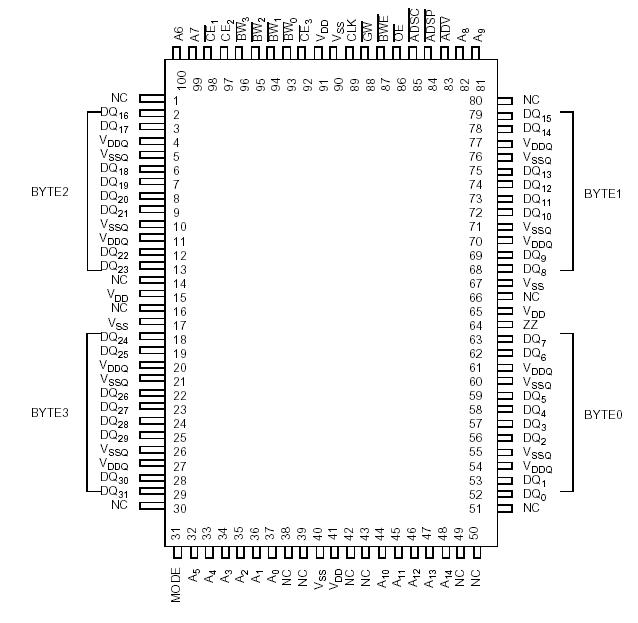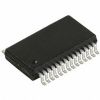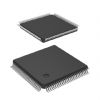CY7C1337: Features: • Low (660 mW) standby power (f=0, L version)• Supports 117-MHz bus operations with zero wait states• Fully registered inputs and outputs for pipelined operation• 3...
floor Price/Ceiling Price
- Part Number:
- CY7C1337
- Supply Ability:
- 5000
Price Break
- Qty
- 1~5000
- Unit Price
- Negotiable
- Processing time
- 15 Days
SeekIC Buyer Protection PLUS - newly updated for 2013!
- Escrow Protection.
- Guaranteed refunds.
- Secure payments.
- Learn more >>
Month Sales
268 Transactions
Payment Methods
All payment methods are secure and covered by SeekIC Buyer Protection PLUS.

 CY7C1337 Data Sheet
CY7C1337 Data Sheet








